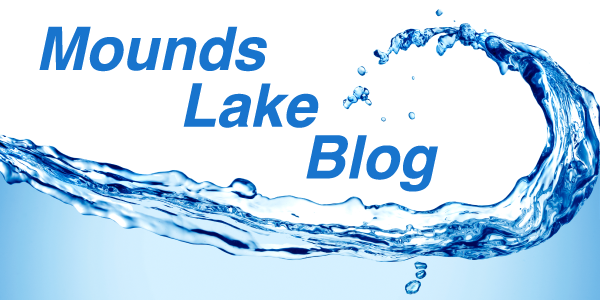What does the Citizen’s Reservoir Project Mean for Mounds Lake?
The recent release of the Citizen’s Reservoir Project raises the question…
Is Mounds Lake still necessary? YES.
Citizen’s Energy Group should be commended for taking a proactive approach on the water needs. One only needs to look at what California is experiencing to realize the results of being reactive.
While the project is indeed cost effective, it is the last of the convenient and efficient resources remaining to Citizen’s (it’s not the last). Bottom line, this is a short term solution for a short term drought. The need for water is real; as it states in its press release, “studies by Citizens Energy Group and the Indiana Chamber of Commerce indicate Central Indiana will need an additional 50 to 80 million gallons of water per day in order to meet the region’s growing demand over the next 25 years.” This new reserve area would provide approximately 25 MGD (for 100 days), which still leaves the need at 25-55 MGD. (Can’t compare because we don’t know where these numbers come from) The Mounds Lake project would provide approximately 60 MGD during drought conditions, accommodating the 25 year need and then some.
The most recent short term drought was in 2012 and lasted approximately 100 days. If you remember, it pretty (over stated) well dried out both Morse and Geist reservoirs. This short term drought would completely drain the Citizen’s Reservoir (but then you haven’t used the other reservoirs’ water as much) based on the usage numbers of 2012, not taking into consideration increased demand from residential and industrial uses. The drought in 1988 was 210 days long, the drought in 1999 was 330 days long, and the drought of record was 770 days long. Can you imagine the damage this would cause to Central Indiana? We would not only be talking about water restrictions, we would be talking about water ‘brownouts.’
What separates Mounds Lake from the Citizen’s Reservoir Project? Water Flow.
The primary difference between Mounds Lake and Geist or Morse is the source of the water. By utilizing the White River as the source of water we are able to create a sustainable water level even in a 770-day drought. In fact, the projection of 60 MGD per day is based on the sustained drought level. The potential production volume of the Mounds Lake Project is actually closer to 80-90 MGD or higher. The amazing part about Mounds Lake is that we are able to meet and exceed the future needs of the region all while maintaining the natural flow of the White River.
What is the difference between a water resource and water reserve?
The idea behind the Citizen’s Reservoir Project is to create a reserve system for times of need. As mentioned before, the Citizen’s Project presents an opportunity for a short term drought reserve. These reserves are filled during times of overflow on Geist (the rainy days we are experiencing now); however, when a drought presents itself there will be no additional flow into the reserve.
A quote from Project Developer Rob Sparks:
“The question of the day is, ‘what is the impact of Citizen’s Reservoir on Mounds Lake?’
It shows the scale of the need, for one thing. Citizen’s Reservoir has been on the list of projects for over three years. It’s a great location and having the ability to be in reserve helps with short term drought conditions.
Keep in mind, the math would show that at 25 MGD, as proposed today, Citizen’s Reservoir would provide about 100 days of coverage before being empty. That coverage is a great addition to an event like the 2012, four month drought, but we are looking at long term development. Consistency of water is paramount to future investment in Central Indiana.”
You know, another way to view it is:
Mounds Lake is 60 MGD and Citizen’s Reservoir in conjunction with Geist is a bit over 4 MGD under sustained drought conditions based on modeling at the 1940/41 years.
Mounds Lake is proposed as a regional water resource need for water supply and drought preparedness. It’s not going to be one or another but rather many solutions, along with conservation, which will lead central Indiana water policy into 2100.”
Yes, this brings about more questions. ASK THEM!
Please reach out to @MoundsLake or Facebook.com/SupportMoundsLake



Comments